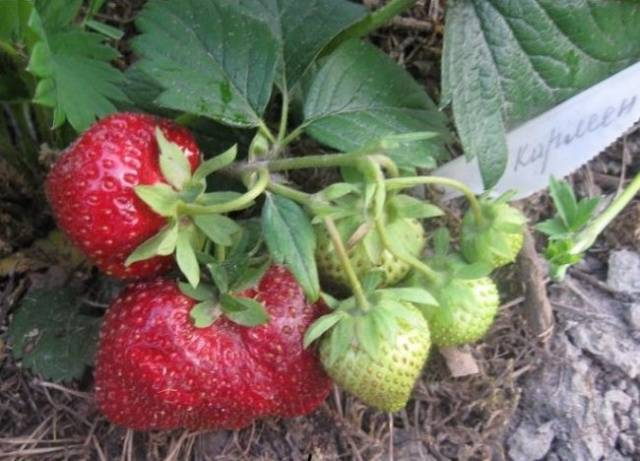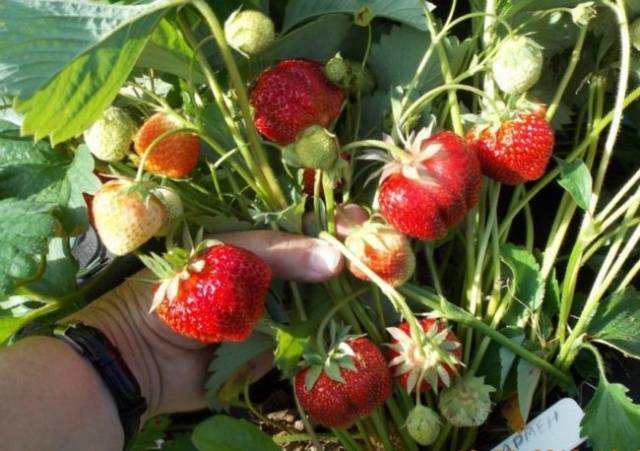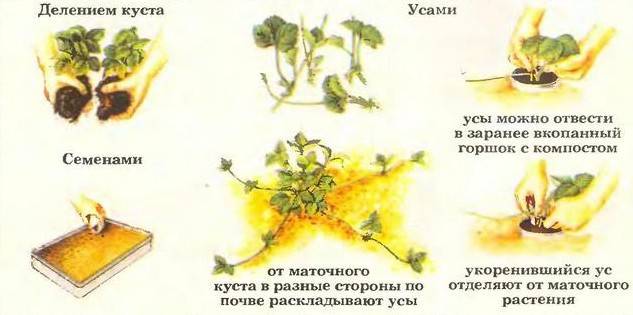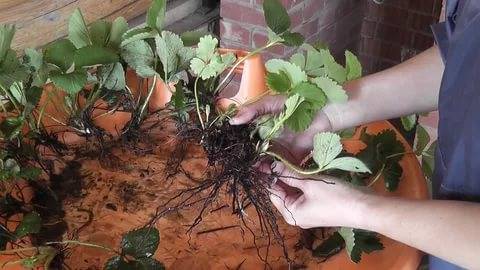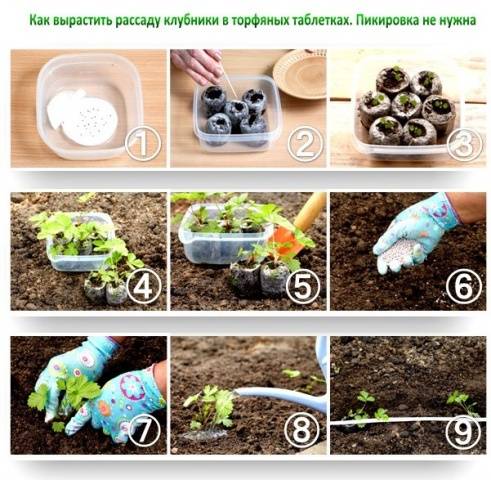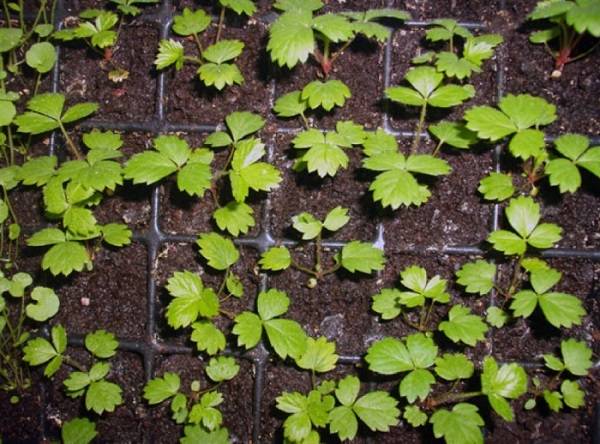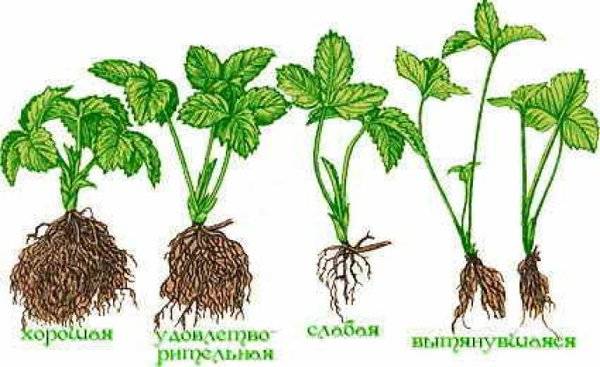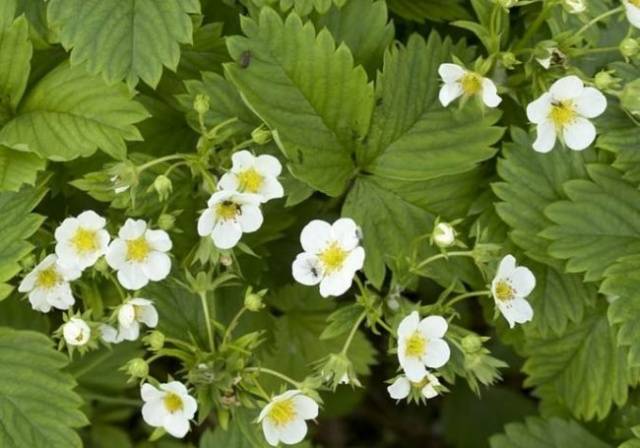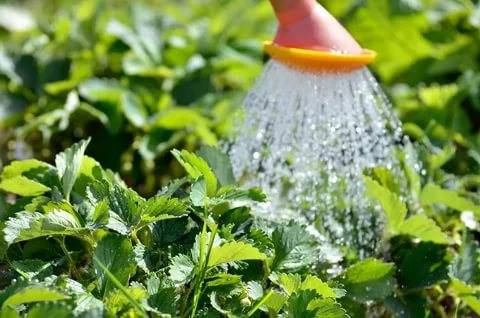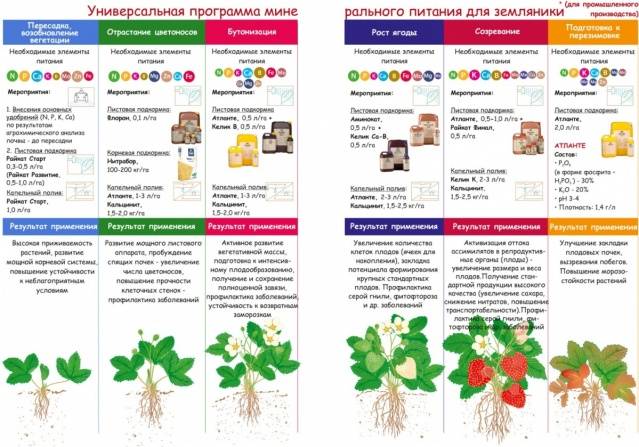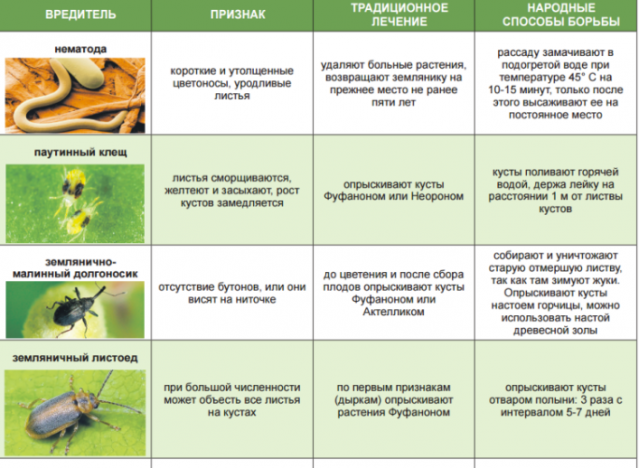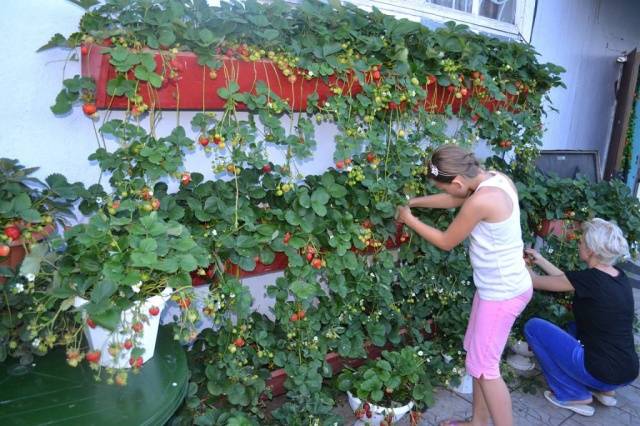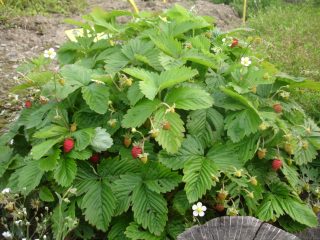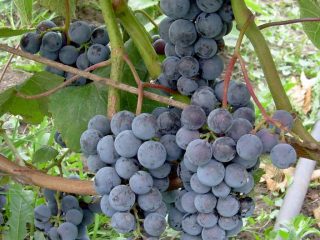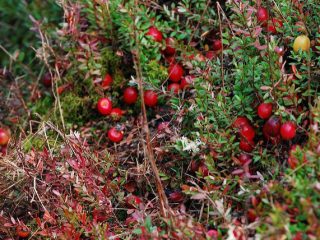Content
High yields, tasty berries and winter hardiness are the main reasons why gardeners in colder regions choose strawberry varieties. Plant resistance to diseases is important. One of these crops is the garden strawberry of the Carmen variety, which consistently brings yields of large berries.
Breeding history
By its origin, the Carmen variety is considered a garden strawberry of the middle late ripening period. The culture was bred by Czechoslovakian breeders. In 2001, the strawberries were sent for variety testing, which was carried out by AOZT "Skreblovo". The culture confirmed its characteristics and was spread throughout the territory of the Russian Federation.
Description
The mid-late variety of Carmen strawberries is distinguished by a powerful structure of the bush, the splendor of which is given by wide leaves. Flowering begins in the second decade of June. At the end of the month, the first ovary is already formed. The berry has time to ripen during daylight hours.
Bulky bushes of the Carmen variety are formed from many thin, but very strong stems. A large sheet has large notches at the edges. The color of the leaf blade is dark green. The surface is glossy.
Large, saucer-shaped flowers form on thick, tall stems and are clustered in inflorescences. Peduncles are usually at the level of the foliage. Sometimes they can be located a little lower, but the leaf blades do not greatly shade the berries from the sun, allowing them to ripen.
The largest berries of the Carmen variety are harvested from the first wave of the harvest. The cone-shaped fruits weigh about 40 g. The ripe berry becomes dark red in color. When overripe, the fruits become burgundy. The berry skin is glossy. Achenes are slightly depressed inward. The mass of fruits of the second and subsequent harvests does not exceed 17 g.
The dense pulp is highly saturated with sweet juice. After eating the fruit, a slight acidic taste is felt. The color of the pulp is dark red. The fruits of the garden strawberry variety Carmen lend themselves to transportation and short-term storage in the refrigerator. The berries are frozen, processed, used to decorate baked goods, and eaten fresh.
Advantages and disadvantages of the variety
The variety of garden strawberries turned out to be quite successful. Culture has many positive qualities. The disadvantages are almost invisible against the background of the advantages.
Positive traits | Negative qualities |
Large fruits | Sprawling bushes need a lot of space |
High stable yield | Reducing the mass of berries of the second harvest wave |
The variety does not require special care | Rotting a rainy summer |
Winter hardiness of bushes |
|
Rapid engraftment of seedlings |
|
Reproduction methods
Carmen's garden strawberry throws out a powerful mustache. All three methods of traditional breeding are suitable for this variety: mustache, seeds, dividing the bush.
Mustache
Mustache engraftment is done directly on the garden bed where the culture grows. After harvesting, the aisles are freed from weeds, loosen the soil well, straighten stepchildren from each bush. Each outlet on the branch is slightly buried in the ground, and then watered. By the fall, the Carmen sapling will take root. The mustache is cut off with scissors from the mother strawberry bush.A full-fledged seedling is transplanted to a new bed.
By dividing the bush
At the age of 2–4 years, adult bushes of Carmen garden strawberries are propagated by dividing the bush. This is done in the spring before flowering or in the fall after harvest. The bush is dug out of the garden bed and divided with a knife or torn by hand into several parts. Each resulting seedling should have a strong rosette with at least three leaves and a developed root system. Plants are planted at the same depth as they were still growing as one bush.
Growing from seeds
To get Carmen garden strawberries from seeds, you need to grow seedlings. This can be done in two ways:
- in containers with soil;
- in pressed peat washers.
The main factor in obtaining good seedlings of the Carmen variety is adherence to technology, but first you need to get high-quality seeds. It is easier and better to buy them in a specialized nursery. If your favorite Carmen variety is already growing in the garden, the seeds are harvested from berries. A ripe large fruit without rot on the skin is cut with a knife. Peelings with achenes are laid out on a plate and dried for about four days under the sun. Finished grains are sent for storage.
Before sowing, self-harvested grains of Carmen garden strawberries are stratified. Seeds can be sprinkled on damp cotton wool, covered with plastic and sent to the refrigerator for 3-4 days. Many gardeners are accustomed to stratifying strawberry seeds at the same time as sowing. Snow 2 cm thick is loaded from above into a container with earth or pressed peat tablets and the grains are laid out. The container is placed in the refrigerator. When the snow melts, the strawberry seeds will themselves sink into the soil or peat. The container is exposed to the light in a warm place, waiting for shoots.
The best time for sowing Carmen garden strawberries is considered the end of February - beginning of April. During this period, daylight hours are still short. Strawberry seedlings provide artificial lighting.
The method of growing seedlings in pressed peat tablets is slightly different from the traditional method. Washers are installed in a plastic container, filled with warm water. After swelling, each tablet is squeezed out of excess water by hand, placed in an empty container, 1-2 strawberry seeds are placed inside a special planting recess.
For growing strawberry seedlings in soil, use separate containers or common containers. You can roll up rolls of foamed polyethylene with an interlayer of earth - snails.
If the seedlings of Carmen's garden strawberries have grown in a common box, with the appearance of three leaves, the plants dive in separate cups. Sowing should be done less frequently for the convenience of transplanting. Each plant is pried with a spatula along with a lump of earth and transplanted into a glass. The method is called transshipment.
Landing
When the seedlings of Carmen garden strawberries are purchased or have already grown from seeds, they must be planted.
How to choose seedlings
Good garden strawberry seedlings have bright green foliage. Plants are selected without spots, mechanical damage. The leaves must be whole and at least three pieces. Plants with a horn thickness of 7 mm are preferred. When buying strawberry seedlings with open roots, they look at their splendor and length, which should be at least 7 cm. If the plant is in a glass, the quality is determined by the root-braided earth.
Site selection and soil preparation
Carmen's garden strawberry loves to grow on level ground. Slopes or bumpy terrain are not good for the variety. The plot is chosen sunny, ventilated, but without drafts. When digging the beds, humus is introduced up to 1 bucket per 1 m2... If the soil is heavy, then add sand. Areas with sandy and clay soil are doubly fertilized with organic matter.
Garden strawberry Carmen loves soil closer with neutral acidity. It is optimal to achieve indicators from 5.0 to 6.0. In case of increased acidity, the earth in the garden bed is dug up with chalk or lime. High alkali is eliminated by introducing peat or gypsum.
Landing scheme
Bushes of the Carmen variety are vigorous. It is not recommended to plant seedlings densely. It is optimal to maintain a distance of 30 cm between the plants. The row spacing is about 45 cm. A dense planting of garden strawberries will lead to the reproduction of slugs, the occurrence of diseases, and the crushing of berries.
The video tells about the rules for planting strawberries:
Care
The garden strawberry variety Carmen has the simplest growing technology. The plant needs regular watering, feeding, weeding and remember to fight pests.
Spring care
With the onset of spring, the beds are cleared of shelter, damaged foliage is cut off on the bushes, and the soil is loosened. Strawberries are watered with warm water dissolved in 10 liters of 1 g of copper sulfate or manganese. To accelerate growth, nitrogen fertilizer is applied, for example, saltpeter.
Watering and mulching
The garden strawberry plantation is watered depending on the weather. The soil under the bushes should be slightly damp, but not swampy. With the appearance of buds and during the ovary of berries, watering is increased. So that a film does not form on the ground, the bed is loosened. Mulch helps to simplify maintenance. Sawdust, peat or straw retain moisture and slow down the growth of weeds.
Top dressing by month
Strawberry fruits suck out all the nutrients from the plant. To restore them, fertilizing with organics and mineral complexes is required.
Preparing for winter
The Carmen variety is considered winter-hardy, but for the winter the bushes require shelter with straw mats, fallen leaves or pine branches.
Diseases and methods of struggle
During an epidemic, even the most resistant strawberry varieties are susceptible to disease.
What is the danger for the Carmen variety is described in the table
Pests and ways to deal with them
To prevent the strawberries from being affected by spider mites, weevils, leaf beetles and other pests, prophylactic spraying with drugs is done. During the ripening of berries, the plantation is protected from birds with a cover made of mesh.
The video tells about the methods of dealing with slugs:
Features of growing in pots
If desired, Carmen's garden strawberries can be grown in flower pots. There can only be a problem with pollination. In closed conditions, you will have to move a brush over the flowers.
Conclusion
Garden strawberry Carmen with good care will provide a large harvest of berries. Bushes are able to decorate the yard, especially if they are planted in a high bed.
